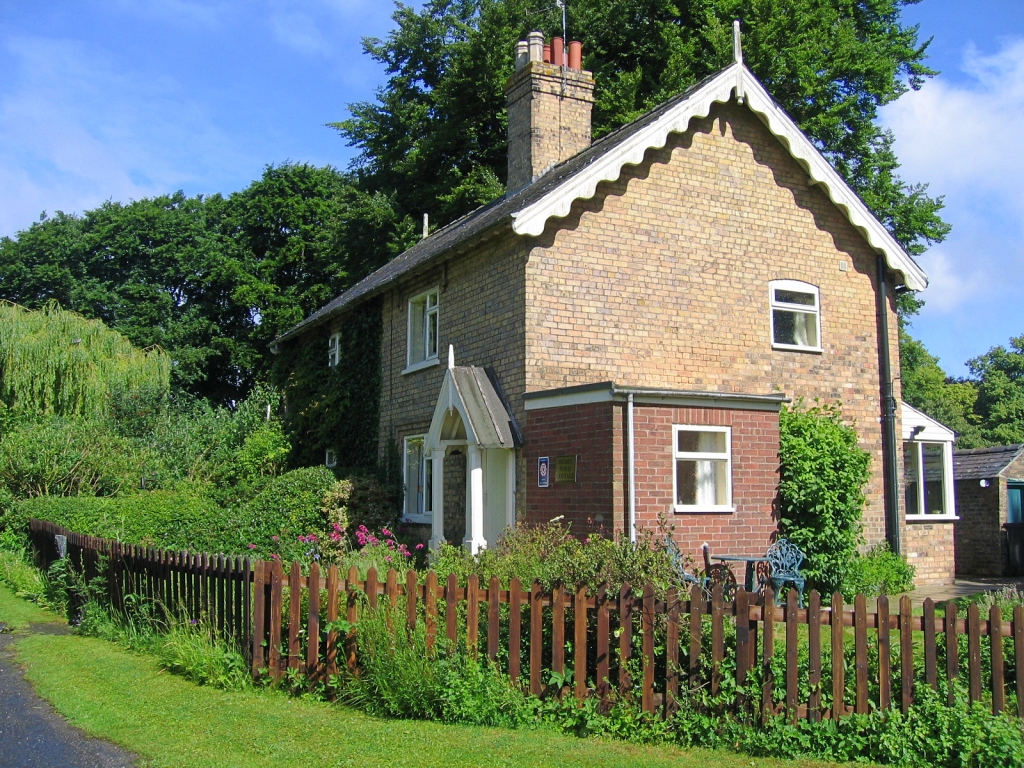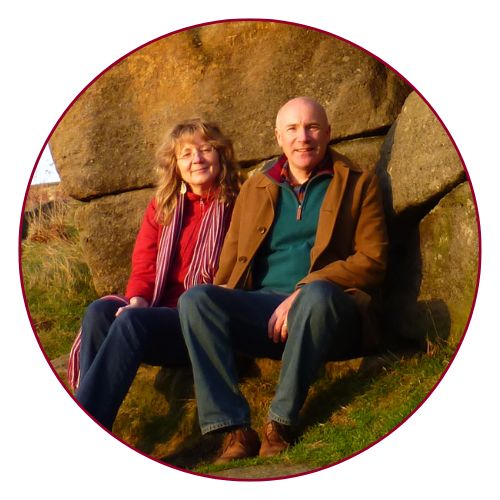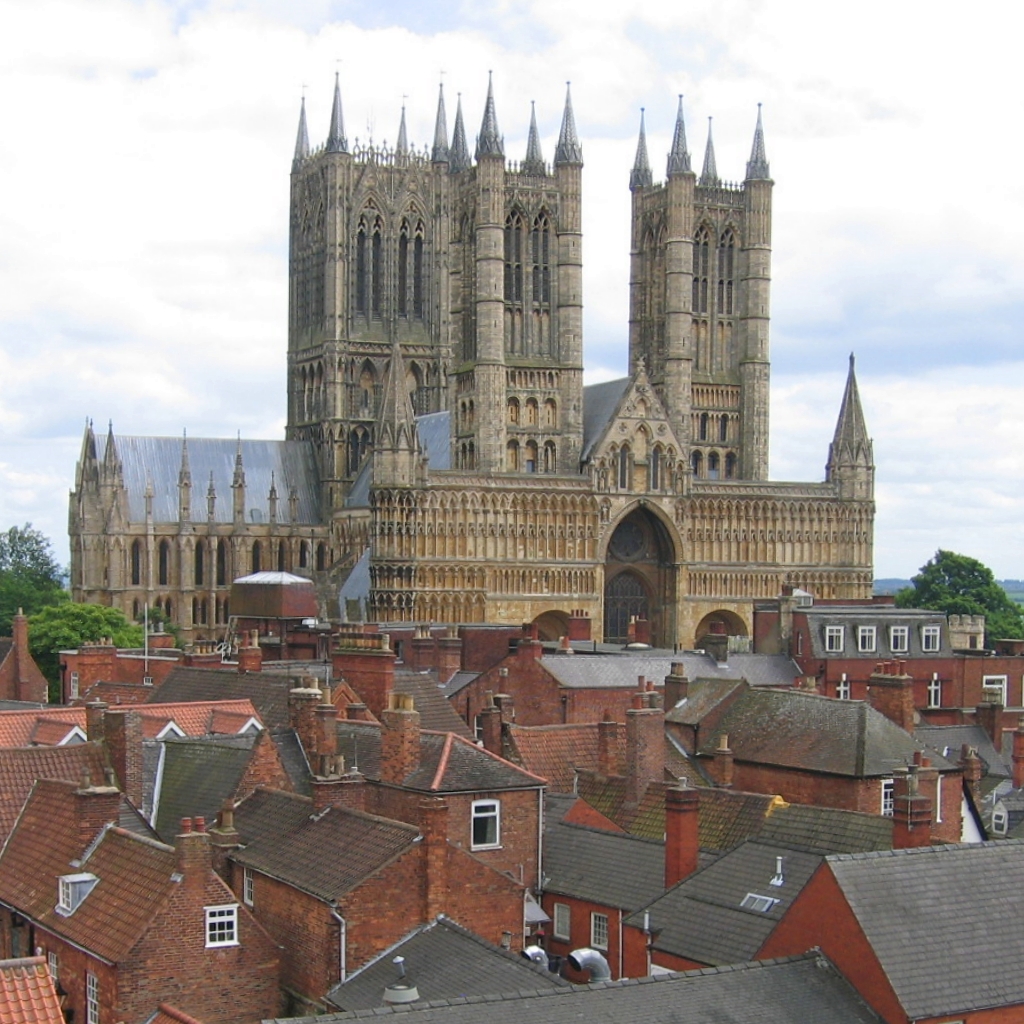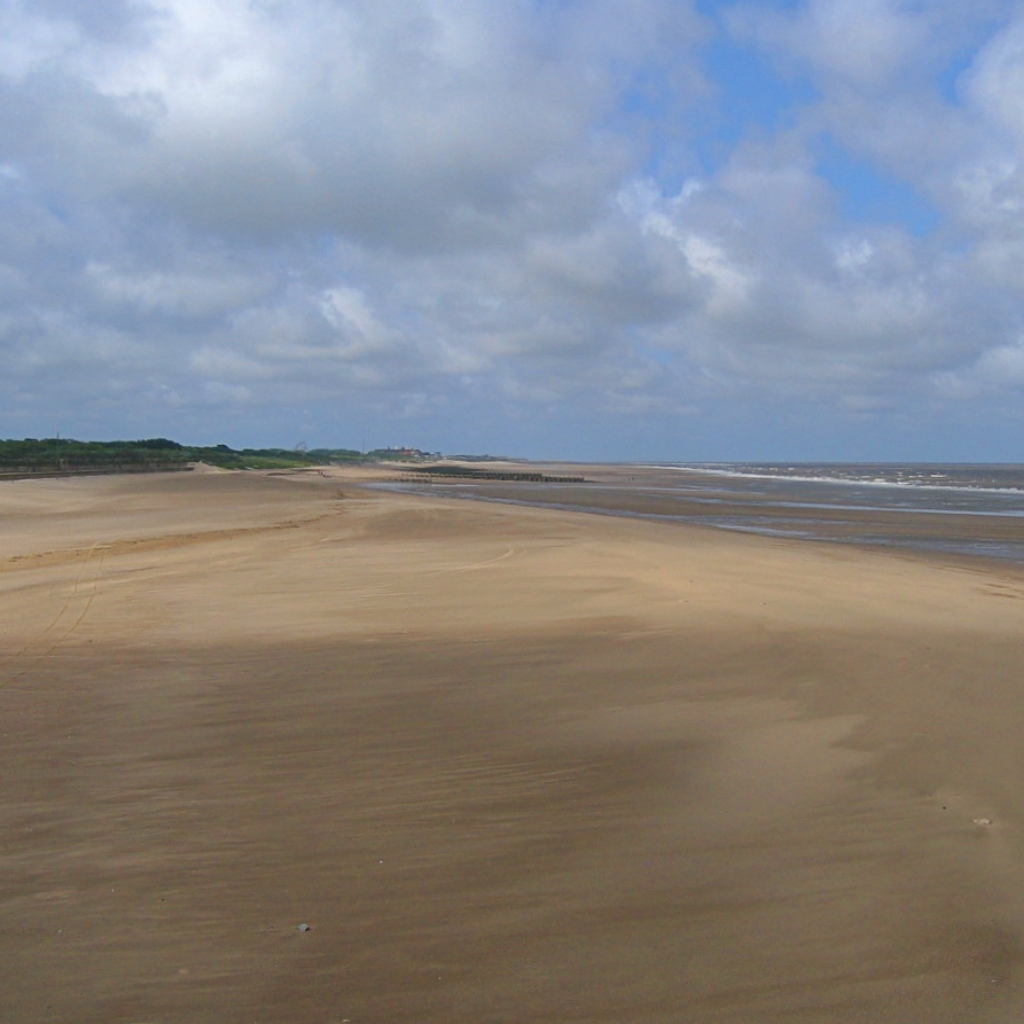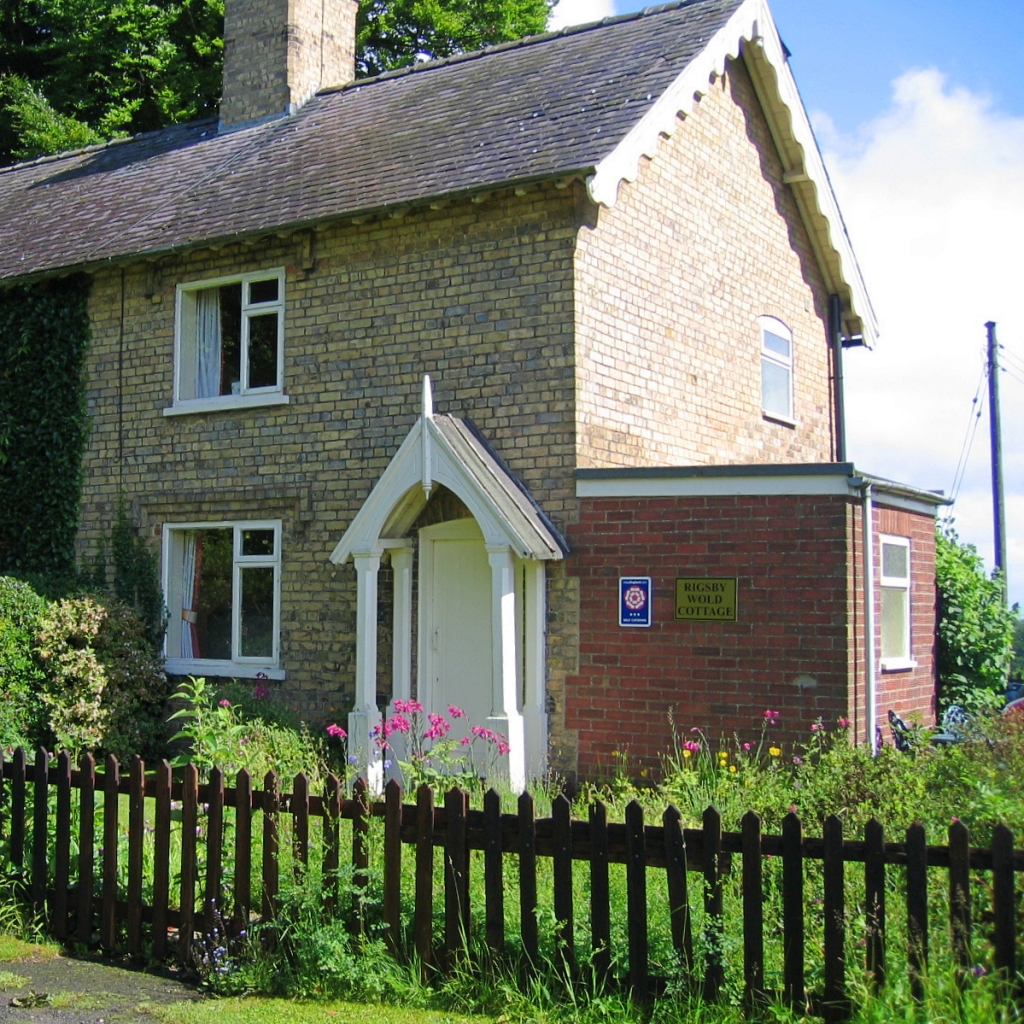Bolingbroke Castle
A
Place of Intrigue and Royal Connections
Bolingbroke Castle—birthplace of King Henry IV - was on my “must see” list for our Lincolnshire holiday. But that doesn’t mean it sticks out like a sore thumb. It doesn’t sit high on a rock, proclaiming its might to everyone who’s passing. In fact, it’s rather tucked away in a cute, sleepy little village – not at all what you’d expect from a site that can tell tales of royalty and rebellion.
Not that the area would have been quiet or sleepy while it was a “working” castle. Or even before that.
The area around Bolingbroke has Saxon roots that reach back to the 6th or 7th centuries. After William the Conqueror took England, a wooden motte-and-bailey castle took over from the Saxon fortifications. And around 1220 - after his return from crusade, Ranulf de Blondeville, the 6th Earl of Chester, began building the castle whose ruins remain today.
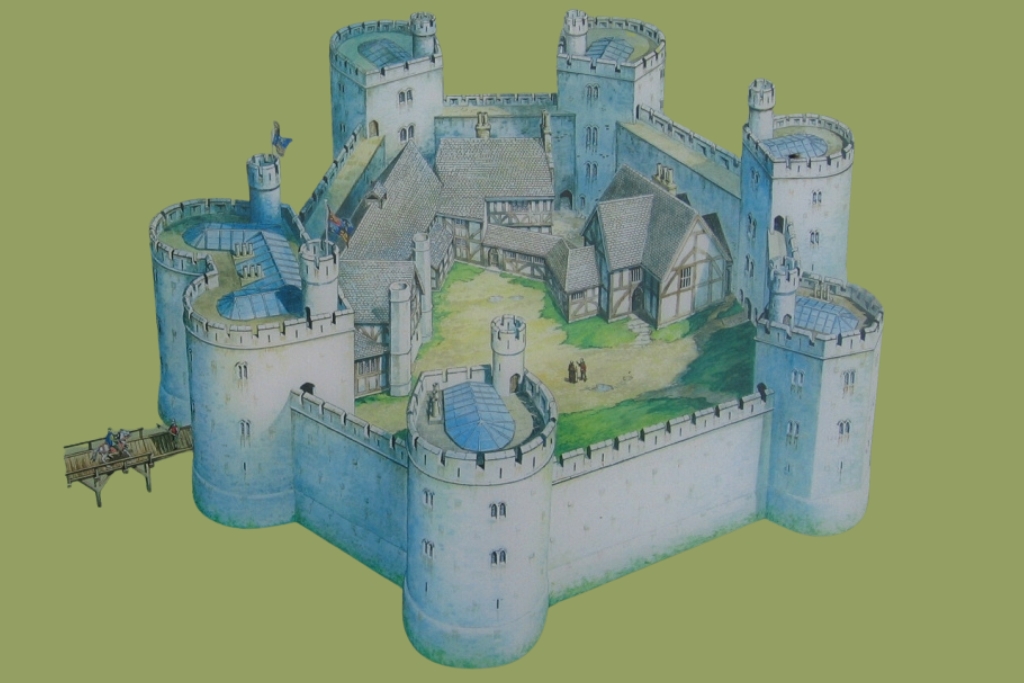 Artistic Impression of Bolingbroke Castle in the 15th Century. (Photo taken from English Heritage information panel)
Artistic Impression of Bolingbroke Castle in the 15th Century. (Photo taken from English Heritage information panel) © essentially-england.com
Bolingbroke Castle was unusual for its time. It was one of the first castles in England to be built without a keep! As you approach, you’ll notice the distinctive polygonal shape of the castle’s outer walls, strengthened by D-shaped towers on the corners and a massive, tower-framed gatehouse.
An irregular shape and mighty towers weren’t Bolingbroke’s only defence. The curtain wall was approximately 16ft (5m) thick, and the whole castle sat in a 100 foot (31 metres) wide moat.
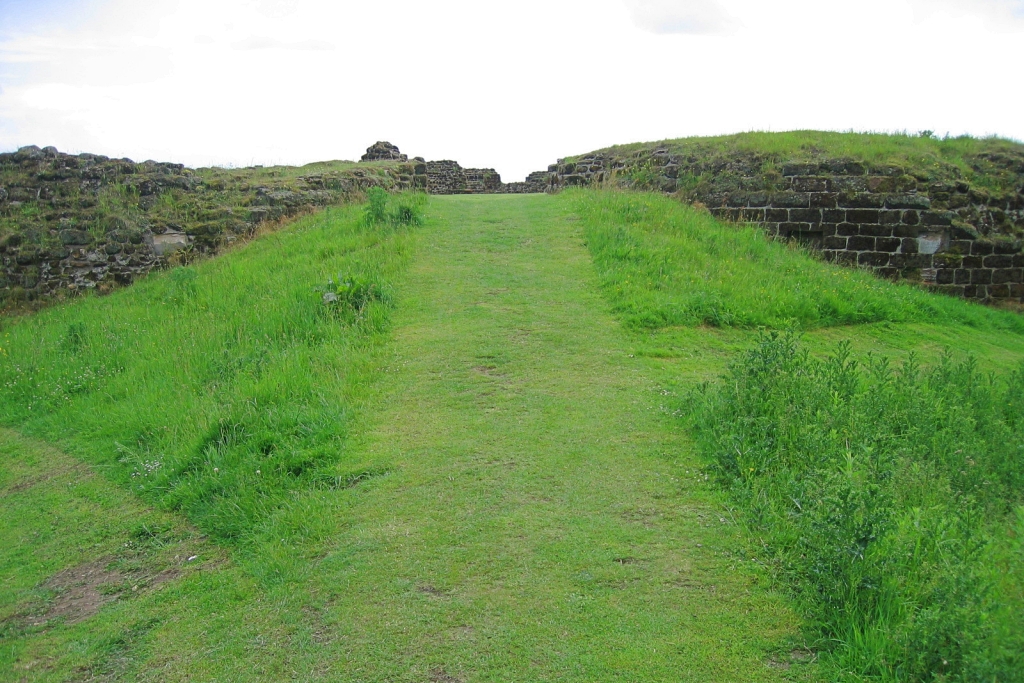 The Entrance to Bolingbroke Castle Between the East and West Gatehouse Towers © essentially-england.com
The Entrance to Bolingbroke Castle Between the East and West Gatehouse Towers © essentially-england.comUnfortunately, the local Spilsby greenstone wasn’t the best building material to make the castle outlast the centuries. It’s a porous limestone that doesn’t stand up well to wind and weather, so the castle builders most likely became “castle maintenance techs” as the years passed.
When we visited, we were lucky to have the site almost totally to ourselves. And if you love history, it’s easy to imagine Bolingbroke Castle in its heyday in the late 1300s. Hooves on cobblestones, the scents of the stable mixing with those of the kitchen in the courtyard, servants, grooms, men-at-arms and knights passing this way and that on their errands. It would have been a busy place, filled with noise and people, never mind whose standard flew from the tower.
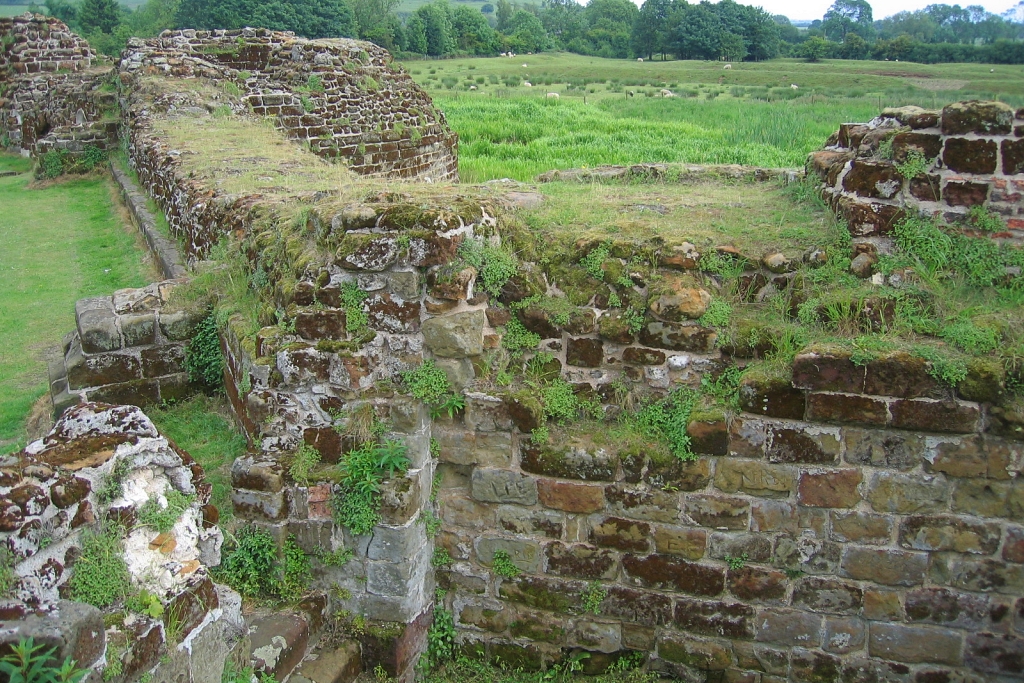 The King's Tower and Kitchen Tower © essentially-england.com
The King's Tower and Kitchen Tower © essentially-england.comLike most English castles, Bolingbroke Castle had more than one owner. Ranulf, Earl of Chester, died without a male heir in 1232 and the castle passed to his sisters and eventually - through his marriage to Blanche of Lancaster - to John of Gaunt. Blanche was born at Bolingbroke, and she must have loved the place, because she chose it for her own confinement in 1367.
These days, Bolingbroke is perhaps best known as the birthplace of Blanche’s son, who was known as Henry Bolingbroke until he seized the English throne as Henry IV in 1399. This action marked the beginning of the Lancastrian dynasty, a period of significant turmoil in English history - and the root of the Wars of the Roses.
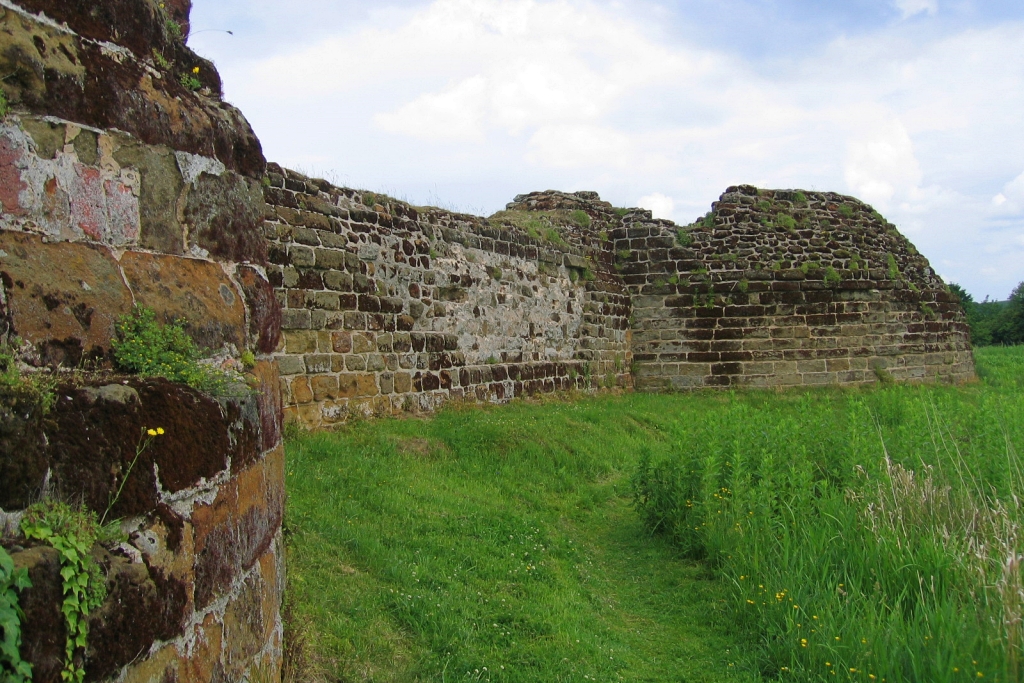 The Outside Wall Between the Receiver's Tower and King's Tower © essentially-england.com
The Outside Wall Between the Receiver's Tower and King's Tower © essentially-england.comBefore all that lay Henry’s childhood at Bolingbroke Castle. Medieval castles were much more than fortress and home. They were training grounds for leadership and strategy, a place where young nobles learned the art of governance and warfare. But it was also a place to feast and celebrate, to make connections and secure favours by political means.
Between the ever-changing fortunes of war and the slowly crumbling Spilsby greenstone, Bolingbroke Castle fell into disrepair by the 15th century. Repairs were made during the Tudor era, and the castle lasted through a siege in the English Civil War, but it didn’t survive the fears of the Parliamentarian forces, who partially dismantled the castle to prevent its use by the Royalists.
Bolingbroke Castle from the Air
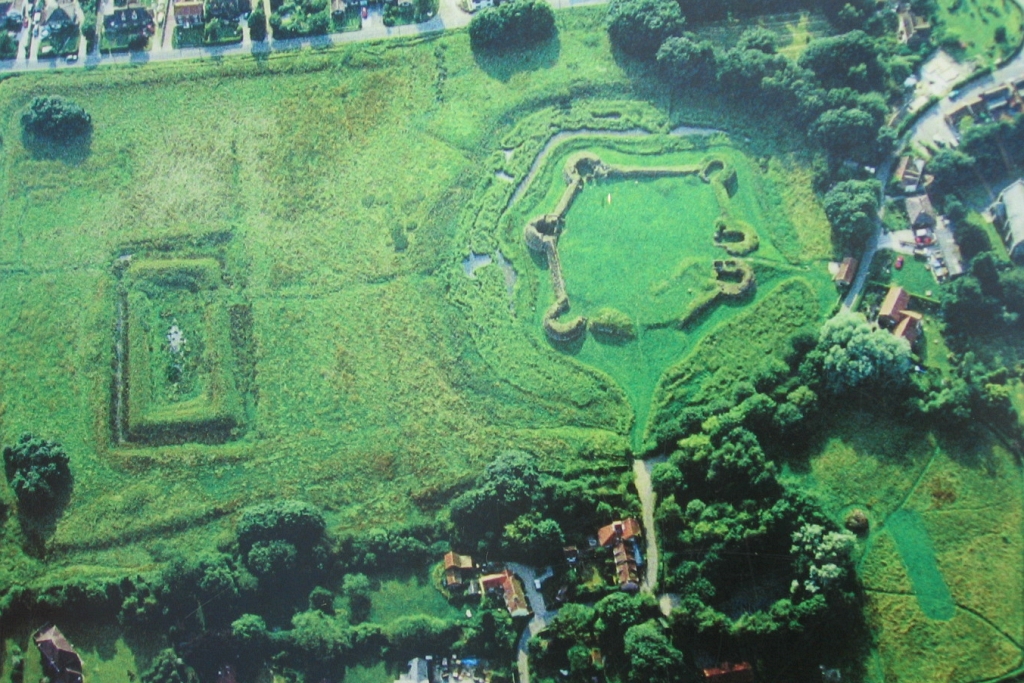 Aerial View of Bolingbroke Castle Remains. (Photo taken from English Heritage information panel)
Aerial View of Bolingbroke Castle Remains. (Photo taken from English Heritage information panel) © essentially-england.com
Now the moat is gone, the walls have crumbled, and only stumps remain of the mighty towers. Despite this, Bolingbroke Castle kept its pride. Its ruins still convey a sense of the busy, influential site it once was, especially if you happen across a reenactment or a production of Shakespeare.
And while the castle itself is a marvel, a journey through Bolingbroke doesn’t end with its walls. There’s the village of Old Bolingbroke, all charming cottages and a quaint parish church dedicated to St. Peter and St. Paul, another reminder of Bolingbroke’s importance in the 14th century.
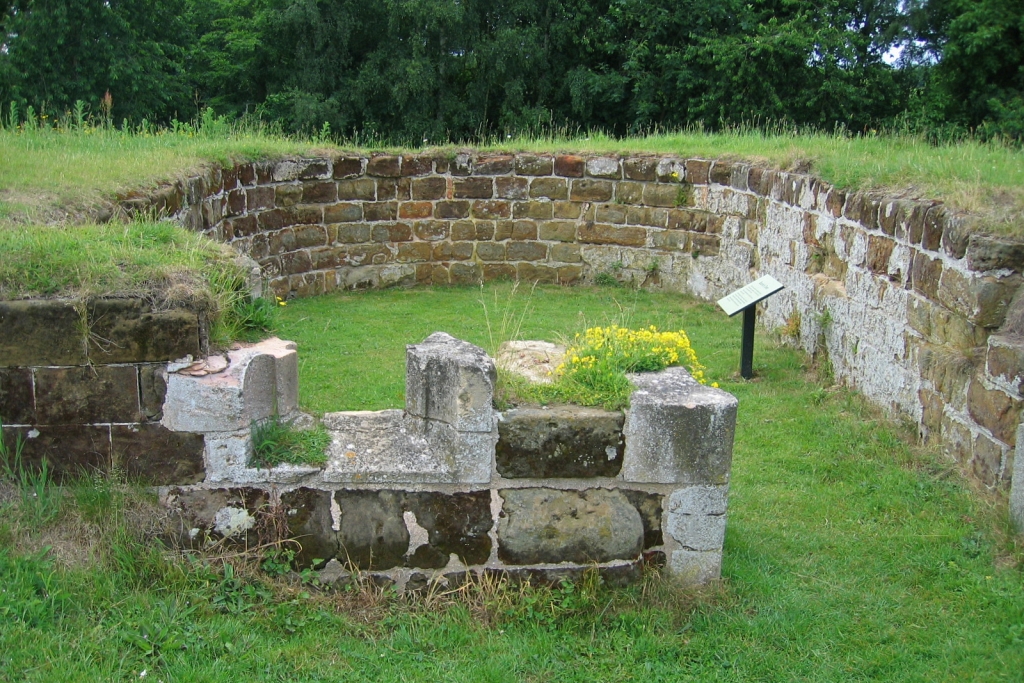 The Accounts were Stored in the Receiver's Tower at Bolingbroke Castle © essentially-england.com
The Accounts were Stored in the Receiver's Tower at Bolingbroke Castle © essentially-england.comAnd what’s a visit to England without indulging in its culinary delights? After exploring the history of Bolingbroke Castle, why not treat yourself to some traditional Lincolnshire food? The region is famed for its sausages, which are coarser and more heavily seasoned than their counterparts. A plate of Lincolnshire sausages with creamy mashed potatoes and rich onion gravy is the perfect way to conclude your historical adventure.
If you fancy something a little sweeter, try a slice of Lincolnshire plum bread with your afternoon tea. Its origins are believed to date back to medieval times, making it a fitting end to your exploration of Bolingbroke Castle and its environs.
For more information on Bolingbroke Castle, opening times, and events please refer to the English Heritage website here.
Places to Stay in Lincolnshire
There is plenty of choice of holiday accommodation in Lincolnshire from camping and caravan parks, holiday cottages, and luxury hotels. When we stayed in Lincolnshire we stayed in the very peaceful and comfortable Pheasant Cottage near Alford. It was an ideal location to explore most areas of the county.
Poplar Farm
Mablethorpe
Sleeps 8
Marlstone House
Tealby
Sleeps 10
Pheasant Cottage
Alford
Sleeps 4
Or you could try a family orientated holiday resort in Lincolnshire as there's plenty of choice...
For even more choice, why not try our Booking.com search box.
For more England days out return from our Bolingbroke Castle page to the England homepage.


